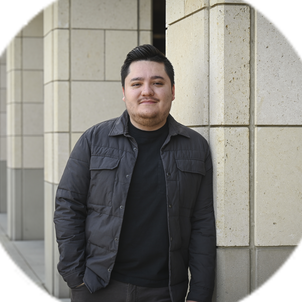NASA’s mission control was down the street from my middle school, so originally I dreamed of becoming an astronaut. I was excited by possibilities that were out there in the universe. Before my senior year of high school, however, I got the chance to do research at Rice University in the department of bioengineering, and realized that within cells there are whole other worlds, and I was hooked. I wanted to discover more about the universes within each and every person.
Eventually it was that interest in quantifying what happens in cells that led me to Stanford. I wanted to develop new technologies and become an expert in the area of genomics. As I was finishing my PhD, I felt I could really make a difference going back to Houston and joining the work being done to develop new therapies for cancer patients at the University of Texas MD Anderson Cancer Center, which is one of the top cancer research hospitals in the world. In my work now, I use statistical and machine learning methods to bring together diverse data types to provide a more complete view into what’s happening in a patient’s tumor, so we can better understand all the mechanisms at play. What’s happening at the protein level? At the gene level? What different cell types are present? When you bring all that information together on many tumors, it can suggest ways to target those mechanisms, and open the door for biological discoveries that can result in new treatment options for patients. The work I do is part of the exciting effort today to paint holistic pictures of what happens in a given disease so we can better classify it, understand it, and treat it in a faster, more streamlined, and more personal way.
This is why engineering is really exciting, especially as it relates to cancer and bioengineering. I think we have some answers in front of us in these data; the key is to find them and then translate them into therapies for patients. I can’t think of a worse feeling for a patient suffering from cancer than being told there’s nothing we can do for you. That’s what inspires me; making sure people have treatment options and that they can live their lives.
Related spotlights

Adrienne Propp

Lara Weed

